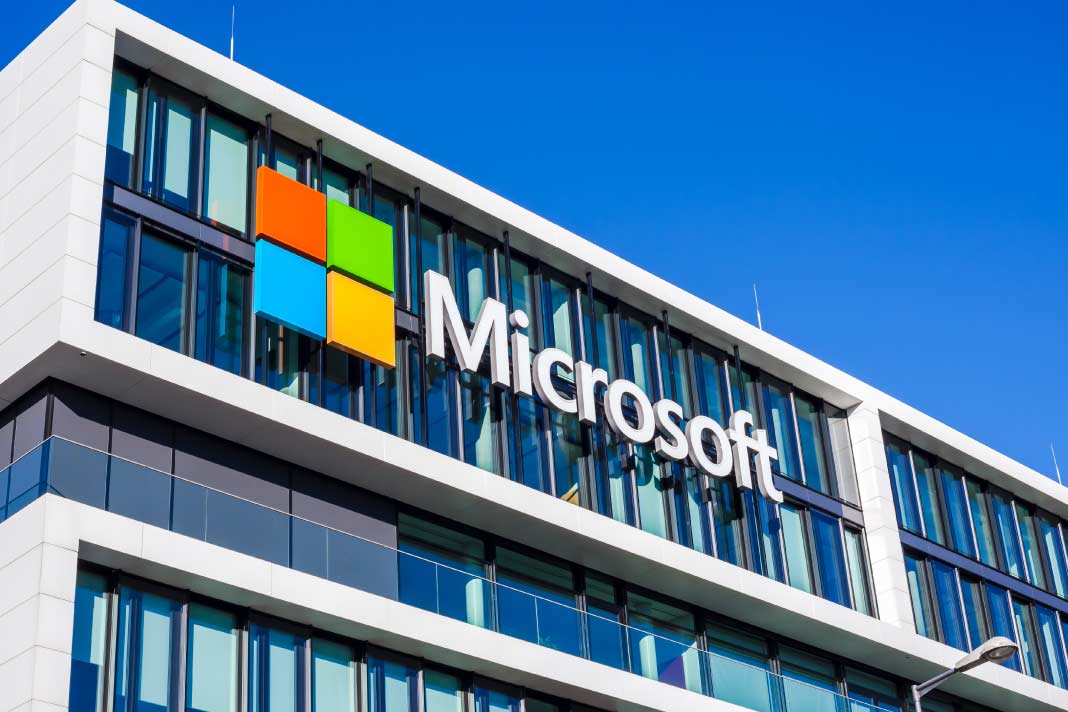After pledging to slash its greenhouse gas emissions, Microsoft’s climate pollution has grown by 30% as the company prioritizes AI.
Microsoft is producing a lot more planet-heating pollution now than when it made a bold climate pledge in 2020. Its greenhouse gas emissions were around 30 percent higher in fiscal year 2023, showing how hard it could be for the company to meet climate goals as it simultaneously races to be a leader in AI.
Training and running AI models is an increasingly energy-hungry endeavor, and the impact that’s having on the climate is just starting to come into view. Microsoft’s latest sustainability report is a good case study in the conundrum facing big tech companies that made a slew of climate pledges in recent years but could wind up polluting more as they turn their focus to AI.
Back in 2020, Microsoft set a target of becoming carbon-negative by the end of the decade. To translate the jargon, it pledged to slash greenhouse gas emissions by more than half and then capture a greater amount of carbon dioxide emissions than it would produce. It was an audacious commitment to make at the time, considering carbon capture technologies were barely coming into existence. The company would also have to spur the deployment of way more renewable energy onto power grids where it operates.
Now, it looks like the company’s recent obsession with AI is making that much harder to achieve. Microsoft has invested more than $13 billion in OpenAI to date, and it’s “turning everyone into a prompt engineer” for generative AI with new features in Copilot for Microsoft 365. (The Verge’s Tom Warren just launched a newsletter called Notepad to keep you up to date on all things Microsoft and AI.)
“In 2020, we unveiled what we called our carbon moonshot. That was before the explosion in artificial intelligence,” Microsoft president Brad Smith said in an interview with Bloomberg. “So, in many ways, the moon is five times as far away as it was in 2020 if you just think of our forecast for the expansion of AI and its electrical needs.”
The data in Microsoft’s sustainability report show just how far it’s gone in the wrong direction. Over the last fiscal year, it pumped out 15.357 million metric tons of carbon dioxide, comparable to the annual carbon pollution of Haiti or Brunei.
Also Read: The Future of Business Intelligence: 10 Trends Shaping the Data-Driven Landscape
Data centers used to train AI are even more energy-intensive than traditional data centers that already gobble up a lot of electricity to run servers and cooling systems to prevent overheating. And Microsoft has plans to build a whole lot more of those data centers now that it’s all in on AI. The company planned to spend $50 billion over the past fiscal year to meet its AI ambitions — a figure it’s expected to surpass in the following year, Bloomberg reports.



